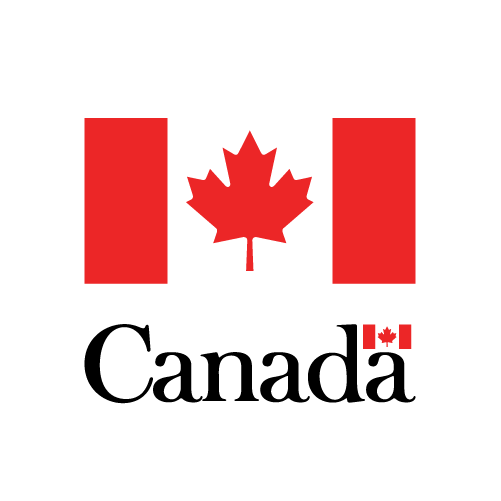Today, Indigenous Services Canada (ISC) launched the first phase of a faster, easier way for First Nations individuals to apply for registration under the Indian Act at in-person service locations.
Under the new pilot, entitled children 15 years old or younger will be able to complete their registration application digitally during in-person visits at service locations across the country.
The new process will streamline appointments, reducing the time required per application by at least half while relieving pressure on the entire system.
The pilot begins today at the service location in Gatineau, Quebec, and will expand to all other points of service across the country.
This next step uses the Digital Application Services (DAS), an innovative platform launched in 2022 that offers faster digital solutions for secure status card applications and renewals.
Available across all ISC points of service, the DAS has proven to be very cost-effective and significantly reduced application wait times by streamlining the process for applicants—cutting appointment durations and enabling faster delivery of secure status cards.
“Our government is focused on offering modernized, more effective services that better meet the needs of First Nations communities. By making in-person registration applications under the Indian Act faster and easier, we are reducing barriers and improving access. I look forward to expanding this innovative service so more people benefit from a streamlined experience,” said the Honourable Mandy Gull-Masty, Minister of Indigenous Services.
So far, over 104,000 secure status card and renewal requests have been submitted digitally using the Digital Application Services since 2022.
Digital Application Services is part of Indigenous Services Canada’s ongoing modernization efforts to improve and streamline registration and secure status card services for First Nations individuals, alongside other digital initiatives such as: the SCIS Photo App, launched in 2019, which allows applicants to take and upload photos digitally and free of charge for their secure status cards, saving time and cost for passport-style photos.
Under the new pilot’s first phase, both parents must be listed on the child’s proof of birth document and come to the service kiosk at the time of their appointment, and bring valid government-issued ID.
In the next phases of the pilot, registration applications will be added for:
Phase 2: Children 15 or younger with at least one parent listed on the proof of birth document.
Phase 3: Children 15 or younger applying through legal guardians, adoptive parents, or Child and Family Services.
Phase 4: Adults 16 or older applying on their own behalf.
Phase 5: Dependent adults 16 or older applying through parents, guardians, or other representatives.
